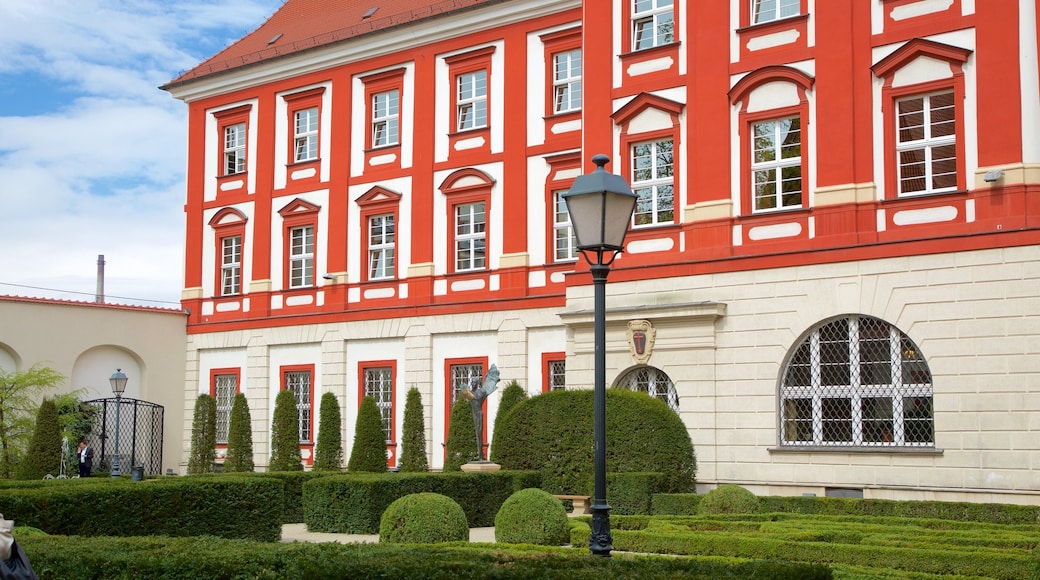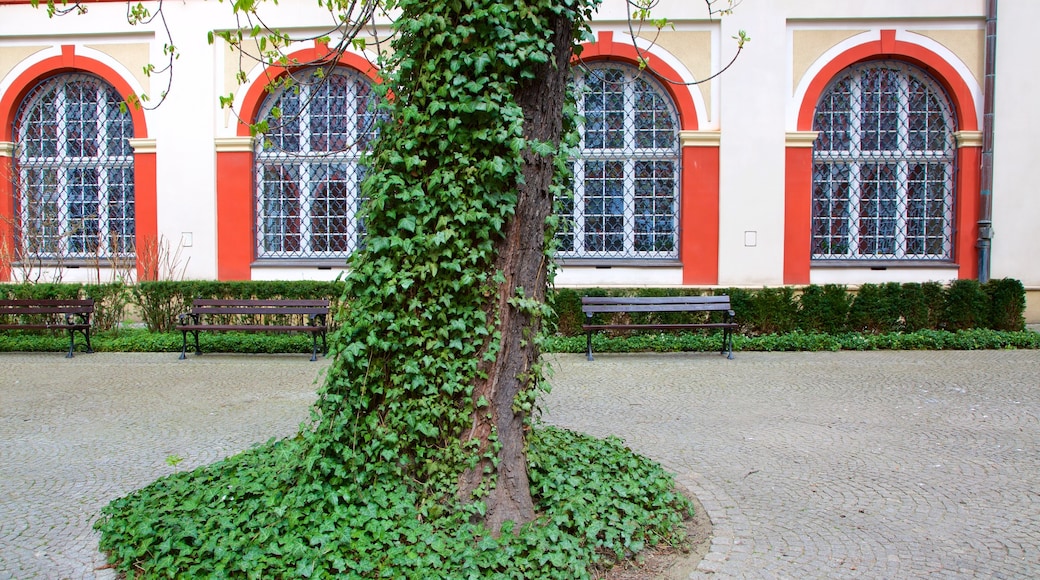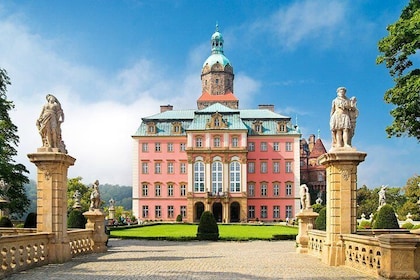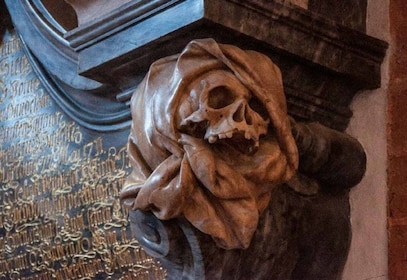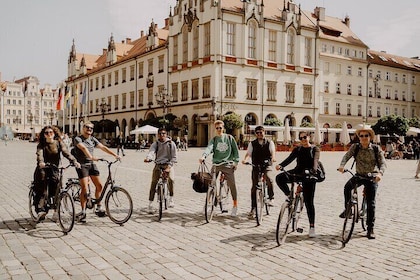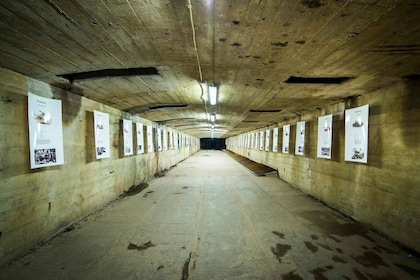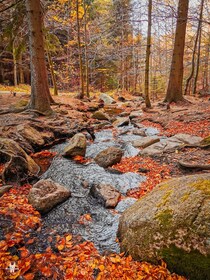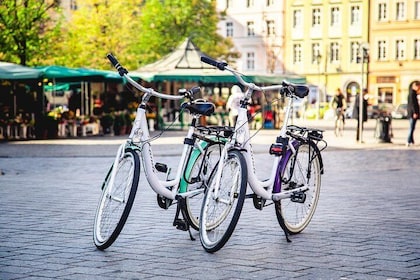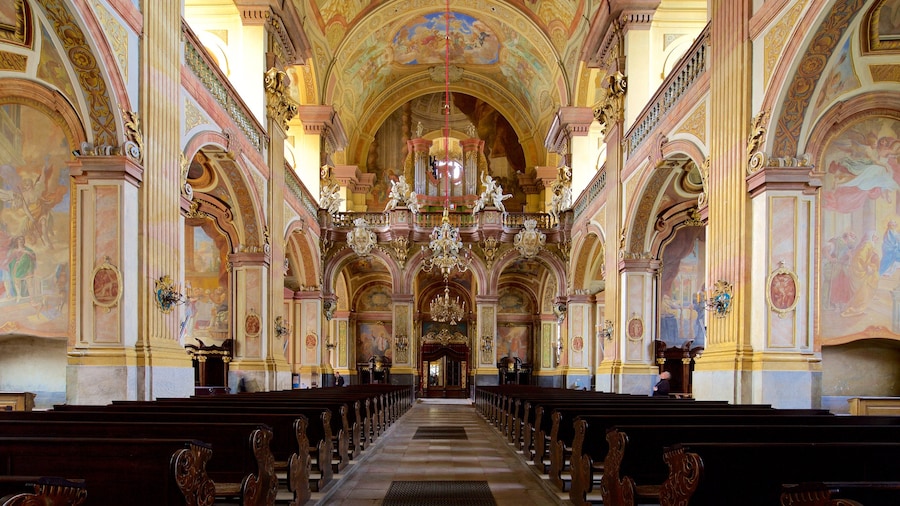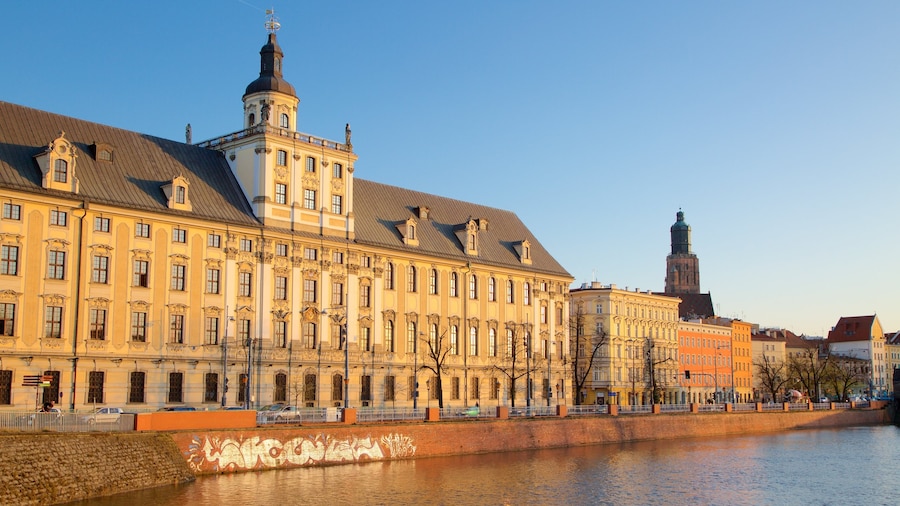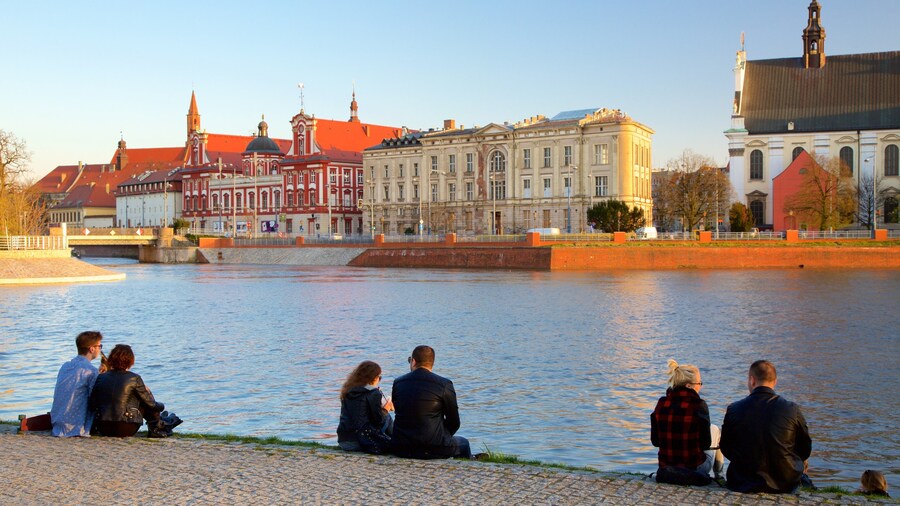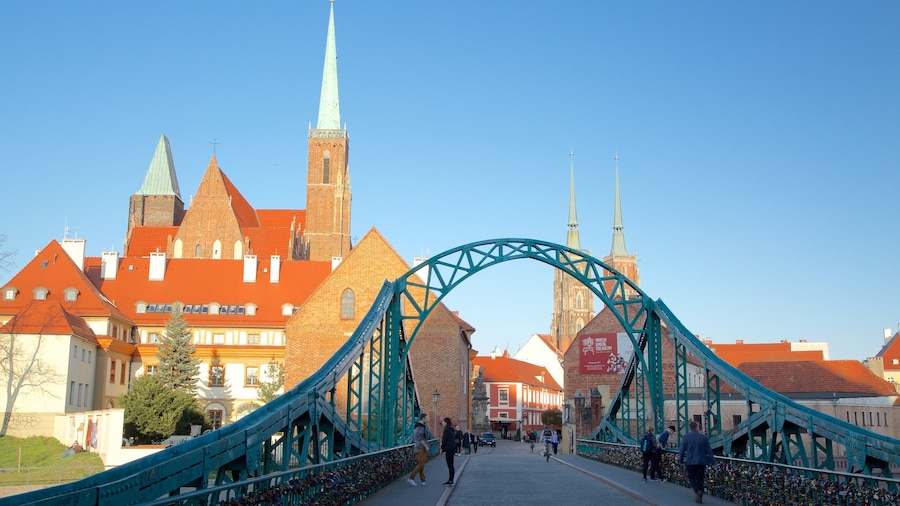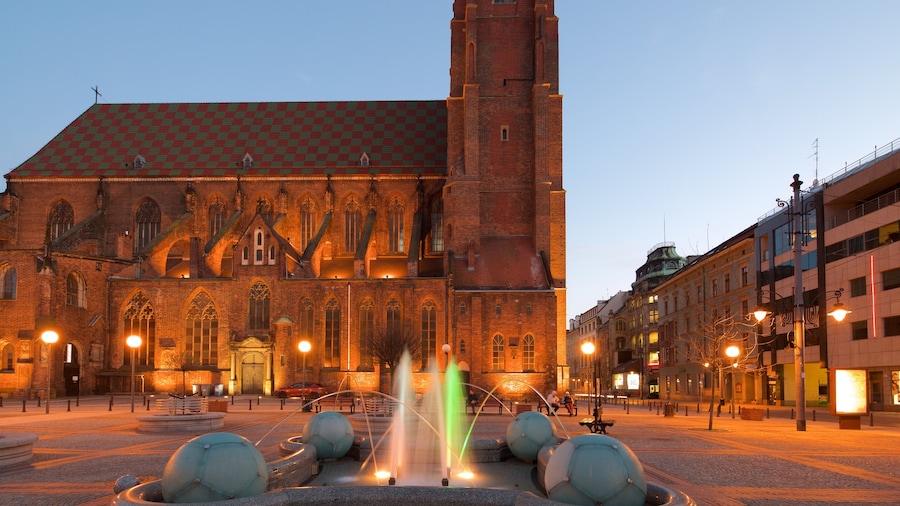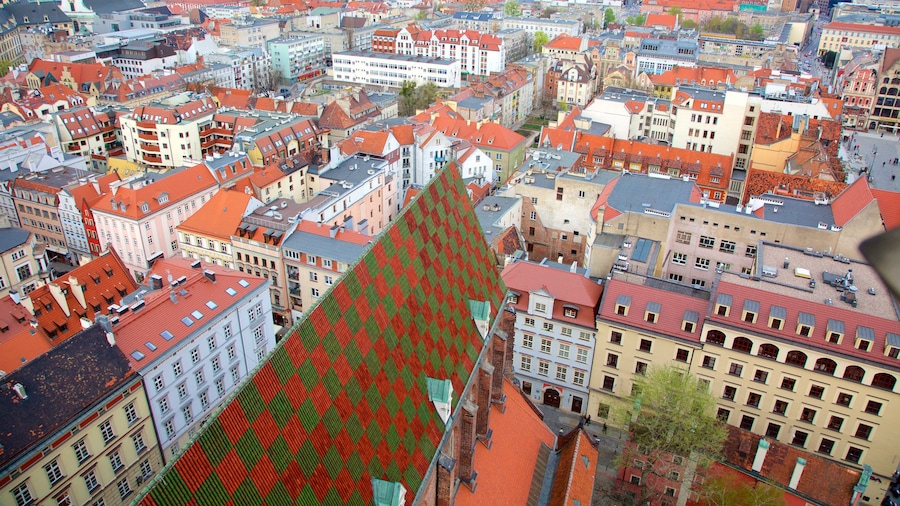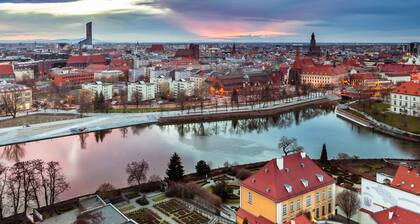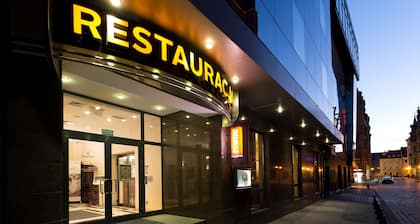The Ossolineum is considered to be one of Poland’s finest examples of Baroque architecture. The building is home to the second-largest library in the country, as well as acting as an influential research center and valuable national archive. Go for a stroll in its lovely landscaped gardens or check out one of the fascinating exhibitions that are regularly hosted here.
The building was founded as a hospital and convent, before later being transformed into a college. The original 17th-century structure was damaged during World War II and was carefully restored following the war. Today, the building is home to the Ossolineum Library, one of Poland’s largest library collections. Take the opportunity to discover the areas of the building that are open to the public, including the library itself as well as the inner and outer courtyards of the grounds.
The library’s origins can be traced back to the early 19th century, when nobleman Jozef Maksymilian Ossolinski began to establish a personal collection of Polish manuscripts and documents. His private collection was first moved to Lviv and then to Wrocław after World War II. Today, the library’s extensive collection includes drawings by Rembrandt and writings by Copernicus, among other important documents and books. The library regularly holds free exhibitions highlighting various aspects of its remarkable collection, so find out if anything is taking place during your visit.
Walk through the Ossolineum’s gardens, which have been restored based on Baroque landscaping styles. Admire the well-trimmed hedges and graceful fountains, as well as the delicate brick and marble decorations. Bring a coffee and find a spot on one of the iron benches dotted around the lush grounds. Look for a towering, centuries-old chestnut tree, as well as a prominent monument dedicated to Silesian Baroque poet Angelus Silesius.
The Ossolineum is free to enter. Opening hours vary by month and the facilities are regularly closed on Sundays as well as for the entire month of July. Find the entrance to the garden off Szewska Street. The center can be reached on foot from within the city’s University Quarter.
